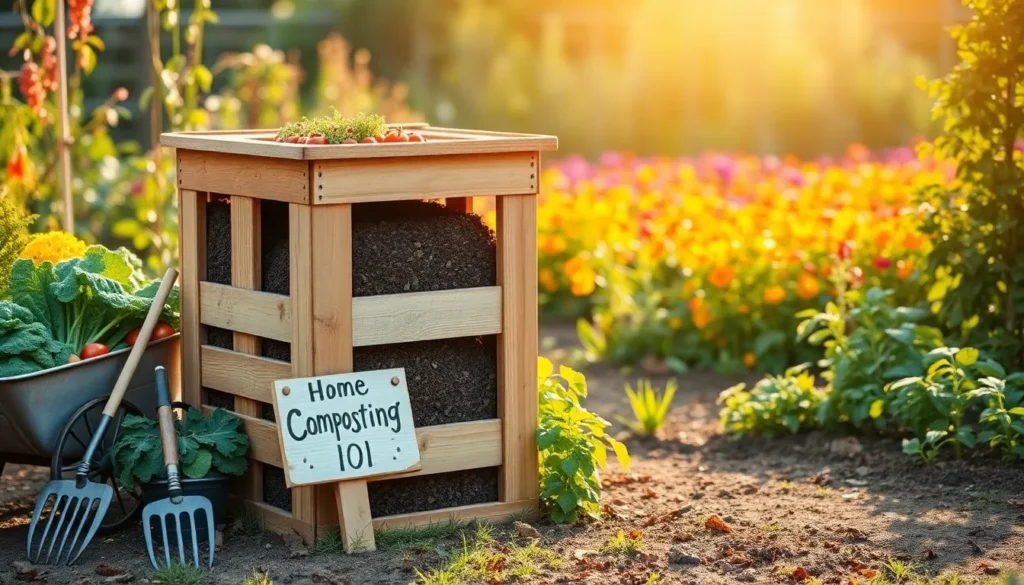There’s a certain magic in transforming kitchen scraps and yard waste into rich, crumbly compost that breaths life back into your garden. Whether you’re just discovering the world of gardening or have long been cultivating your green thumb, composting at home is a rewarding practice that benefits both your plants and the planet. It’s an act of nurturing that extends beyond the confines of your garden to impact the wider environment, reducing waste and enriching the soil naturally.
In this article, you’ll embark on a journey to master the art of composting right in your backyard or even on your balcony. We’ll cover everything from the basics of setting up your compost system to advanced tips for experienced composters looking to refine their methods. You’ll learn how to balance greens and browns, maintain the right moisture levels, and troubleshoot common composting challenges. By the end, you’ll be equipped with the knowledge and confidence needed to turn everyday waste into garden gold, cultivating a more sustainable lifestyle along the way.
Select a Composting Location
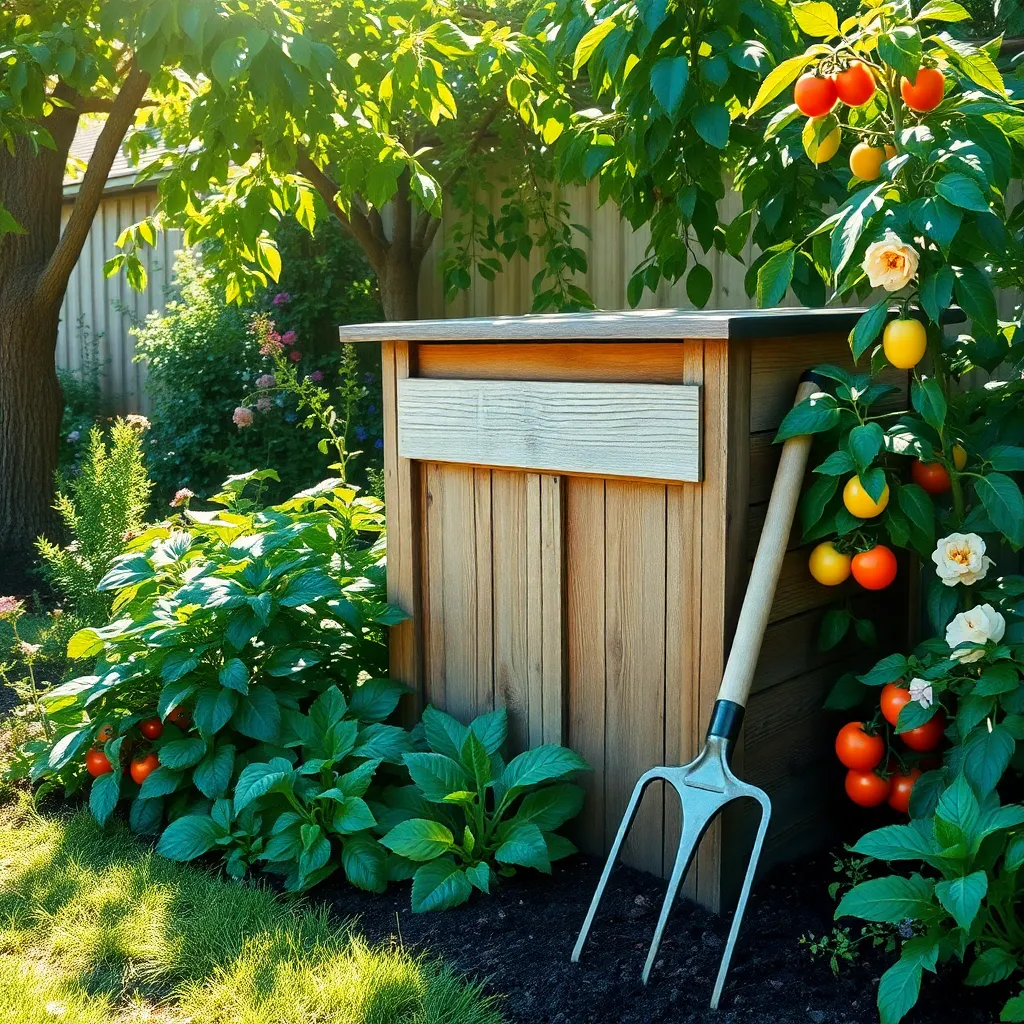
Choosing the right location for your compost pile is crucial for success. Ideally, place your compost in a spot that is both convenient and out of direct view, such as behind a shed or in a corner of your garden.
Look for a location that offers a balance of sunlight and shade. This helps regulate the temperature of the compost, ensuring it stays warm enough to break down materials efficiently without drying out.
Ensure the spot is easily accessible all year round, as you’ll be adding to it frequently. You might prefer to have it near your garden beds for easy transfer of compost once it’s ready to use.
For the best results, the compost area should be on level ground with good drainage to prevent waterlogging. Consider placing your compost on bare soil, which allows beneficial organisms to enter and aid in the decomposition process.
Gather Organic Waste Materials
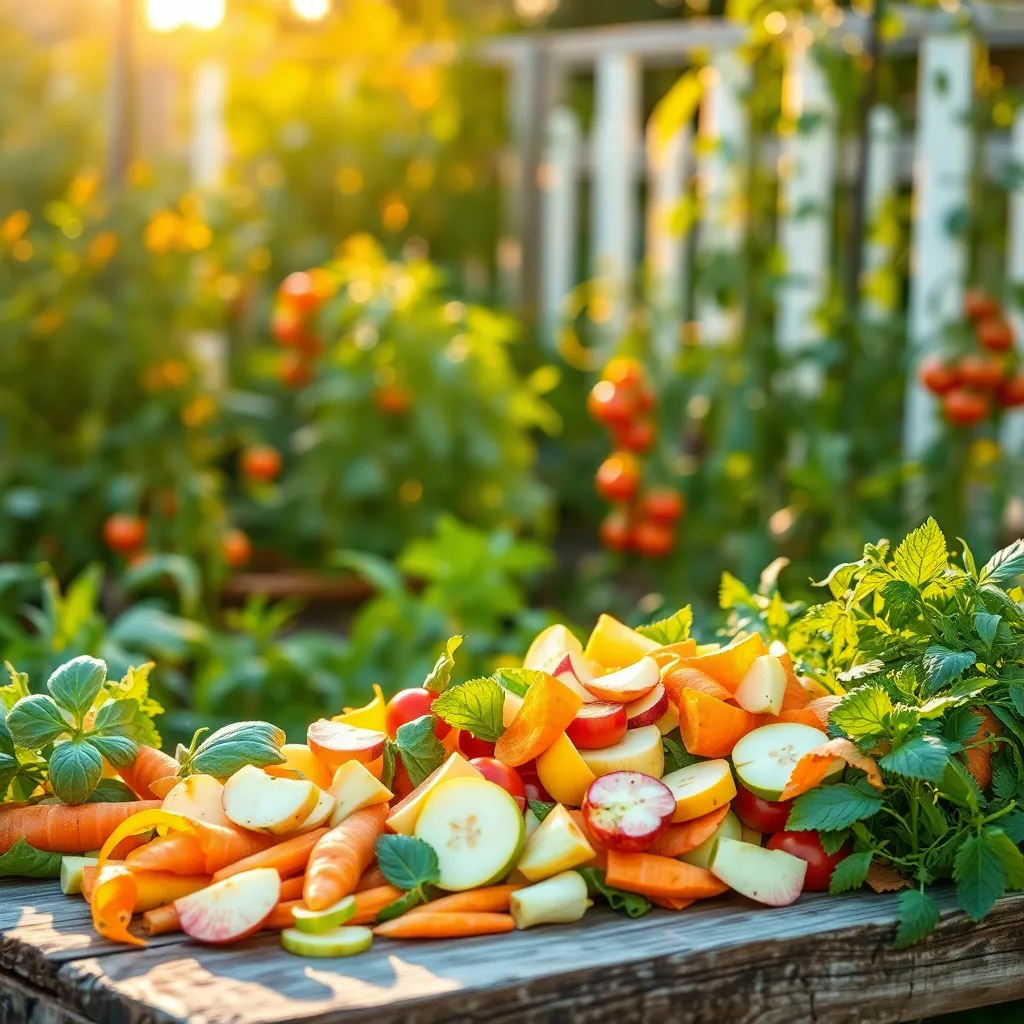
To start your composting journey, gather a mix of green and brown organic materials. Green materials, such as fruit scraps and vegetable peelings, provide nitrogen, which is essential for the composting process.
Brown materials like dried leaves, straw, and small branches add carbon, balancing the nitrogen from green materials. A good rule of thumb is to aim for a ratio of roughly two parts brown to one part green to maintain an effective compost pile.
For those just beginning, keep a small container in your kitchen to easily collect daily food scraps. Advanced gardeners might consider a larger outdoor bin or compost tumbler to accommodate yard waste and increase capacity.
It’s important to chop or shred larger pieces of organic waste to speed up decomposition. By doing so, you’ll ensure better airflow and faster breakdown, creating nutrient-rich compost more quickly.
Layer Green and Brown Waste
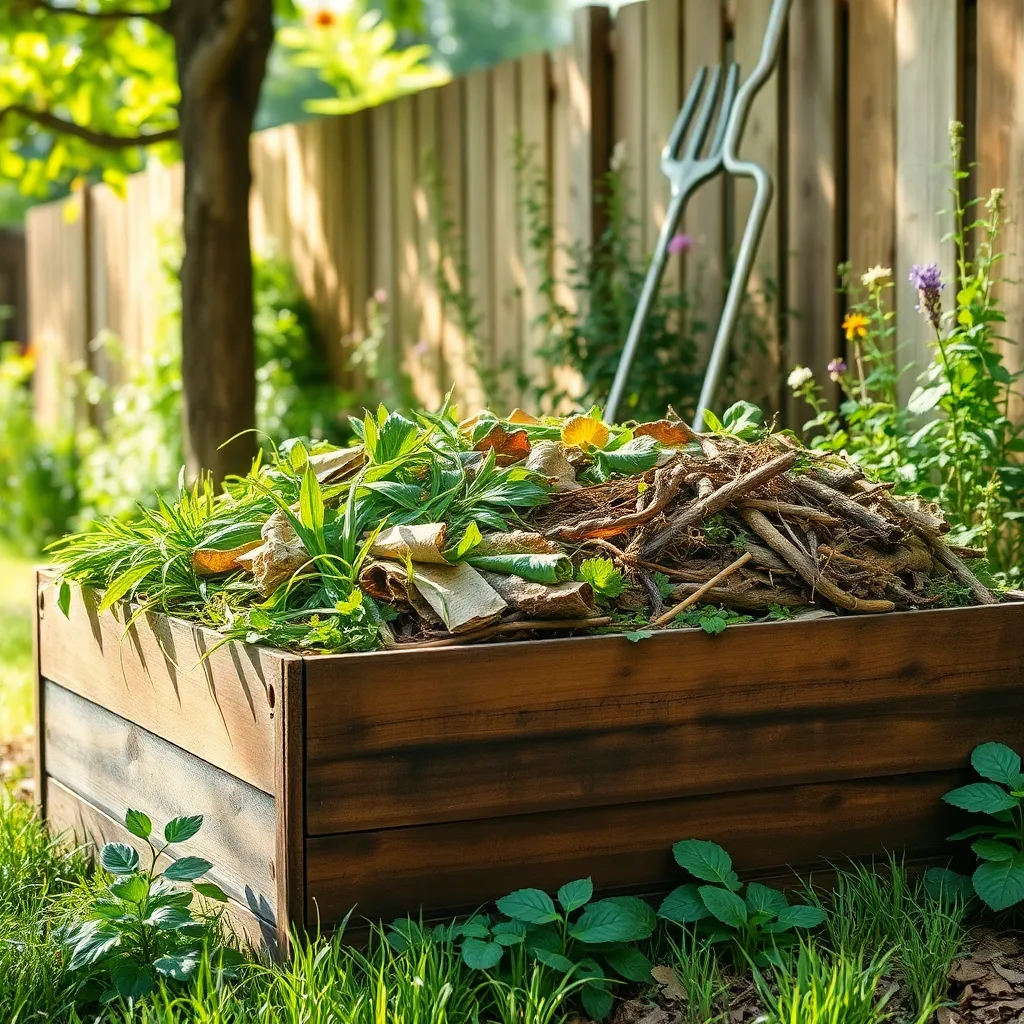
Creating a successful compost pile requires an understanding of the balance between green and brown waste. Green waste, such as grass clippings and kitchen scraps, provides nitrogen, while brown waste like dried leaves and twigs supplies carbon.
To build an effective compost pile, start by layering your waste materials. Begin with a layer of brown waste, about 6 inches deep, followed by a similar layer of green waste to kickstart the decomposition process.
Continue to alternate these layers, ensuring each is about 4 to 6 inches thick. This method helps maintain the right balance of moisture and air, which is crucial for microbial activity.
Remember to keep the compost pile moist but not soggy, as too much water can slow down decomposition. Turn the pile every few weeks with a pitchfork to introduce oxygen, which speeds up the composting process.
For advanced gardeners, consider adding a handful of garden soil or finished compost between layers. This introduces beneficial microbes that can accelerate the breakdown of organic materials.
Regularly check the temperature of your compost pile with a thermometer. A well-maintained pile should reach temperatures between 135°F and 160°F, which helps kill weed seeds and pathogens.
By following these practical steps, you’ll be on your way to creating rich, nutrient-dense compost. This will not only enrich your garden soil but also reduce household waste, benefiting both your plants and the environment.
Maintain Moisture and Aeration

Maintaining the right level of moisture is crucial for an effective composting process. Aim to keep your compost pile as damp as a wrung-out sponge, which provides the ideal environment for microbes to thrive.
Turn your compost pile regularly to ensure proper aeration, which is essential for the breakdown of organic material. Use a garden fork or a specialized compost aerator to mix the materials, introducing oxygen and preventing foul odors.
Consider using a compost thermometer to monitor the internal temperature of your pile. Keeping the temperature between 110°F and 160°F will help speed up the decomposition process and kill weed seeds and pathogens.
If you find your compost is too wet, add more brown materials such as dried leaves or shredded paper to soak up excess moisture. Conversely, if it’s too dry, sprinkle some water over the pile and mix thoroughly to ensure even distribution.
Harvest and Use Finished Compost
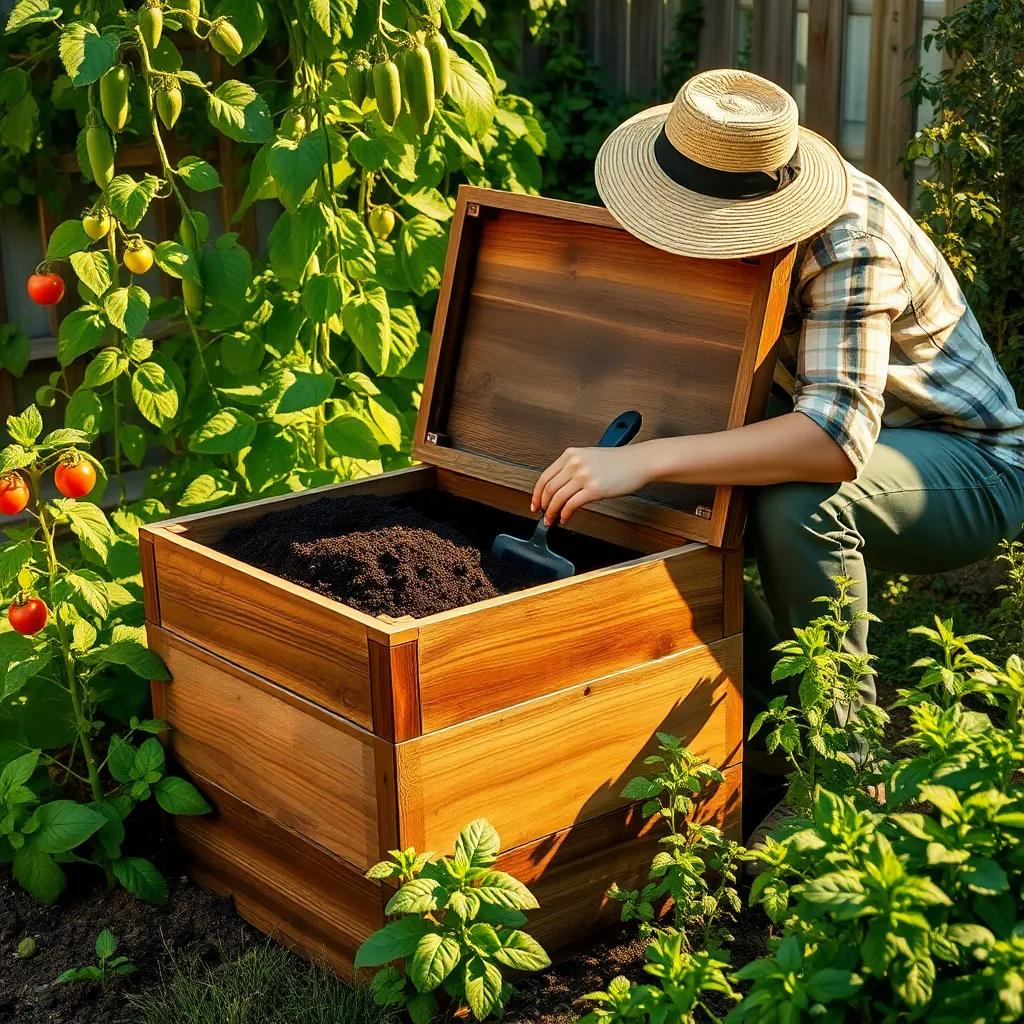
Once your compost is ready, it will appear dark, crumbly, and have an earthy smell. This indicates that the organic material has fully decomposed and is now a rich source of nutrients for your garden.
To harvest your compost, use a garden fork or shovel to extract the finished material from the bottom of your compost pile or bin. It’s important to sift through the compost to remove any large, undecomposed pieces, which can be returned to the bin for further processing.
Apply the finished compost to your garden beds by spreading a layer about one to two inches thick. This layer can be gently worked into the topsoil with a rake, enhancing soil structure and fertility, thereby improving plant growth.
For container plants, mix compost with potting soil in a ratio of one part compost to three parts potting soil. This blend provides a balanced nutrient supply and helps retain moisture, reducing the frequency of watering.
Additionally, compost can be used as a mulch around trees and shrubs. Spread it evenly over the soil surface, avoiding direct contact with plant stems, to suppress weeds and conserve moisture.
Advanced gardeners might consider brewing compost tea, which can be applied as a liquid fertilizer. This involves steeping finished compost in water, which extracts beneficial nutrients and microbes, offering a nutrient-rich boost for your plants.
Conclusion: Growing Success with These Plants
In wrapping up ‘How to Compost at Home,’ we’ve explored five key relationship concepts that can enrich not only your garden but also your connections. First, we learned that patience is essential; just as composting takes time, nurturing relationships requires consistent effort. Second, communication is like the balance of greens and browns in your compost bin—essential for harmony. Third, adaptability keeps relationships and compost thriving, allowing us to navigate changes together. Fourth, consistency ensures that both a compost pile and a relationship continue to flourish. Lastly, mutual respect, like turning your compost, ensures all elements are cared for and valued.
To get started immediately, why not initiate an open conversation with your partner about how you can apply these principles in your relationship? It’s a small step that can lead to significant growth.
Remember, the journey to stronger relationships is ongoing. Bookmark this article for future reference as a guide and reminder of the positive impact you’re capable of creating. As you look forward, know that with dedication and care, your relationships can grow as beautifully as a well-tended garden, cultivating success and fulfillment in your life.

